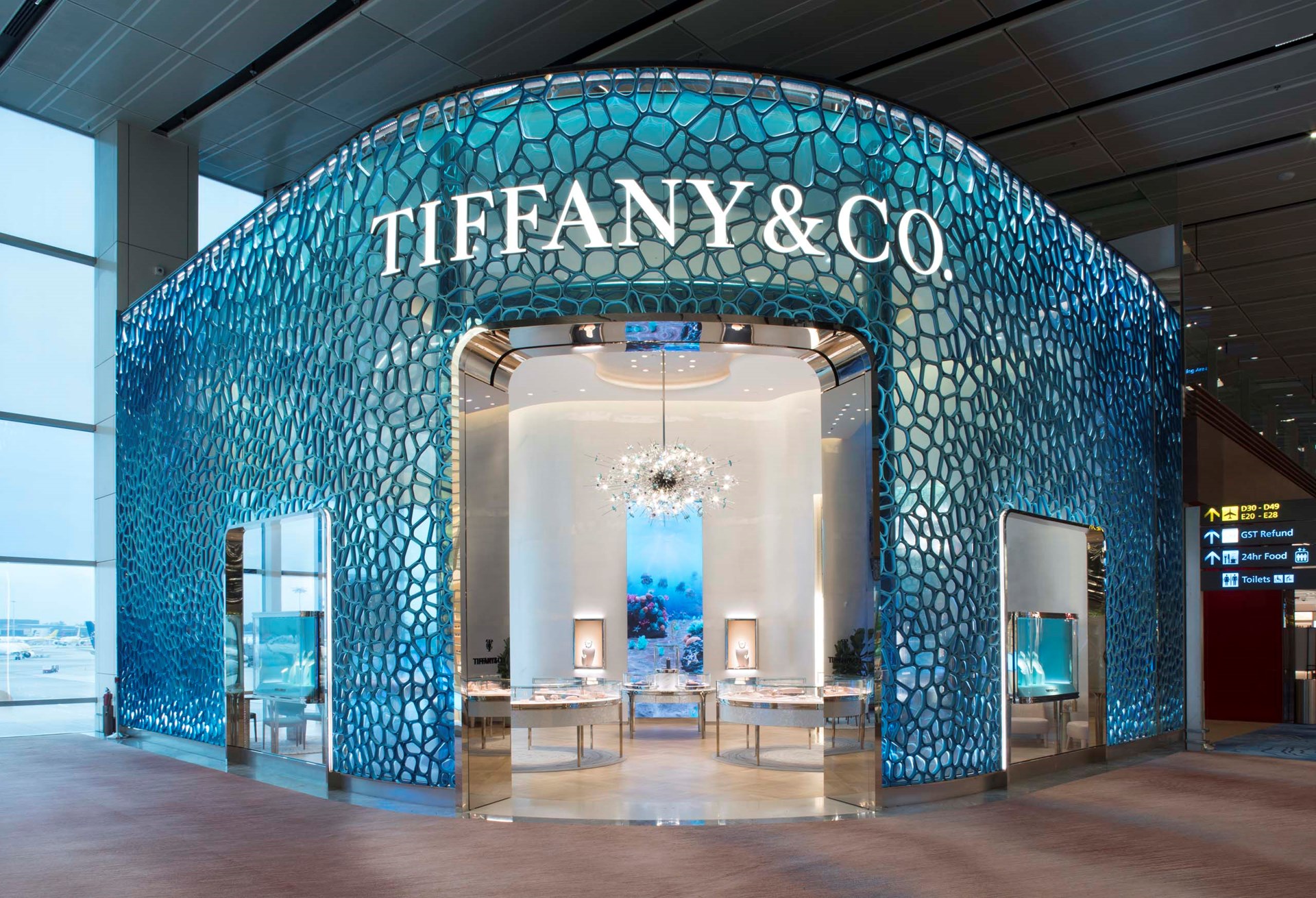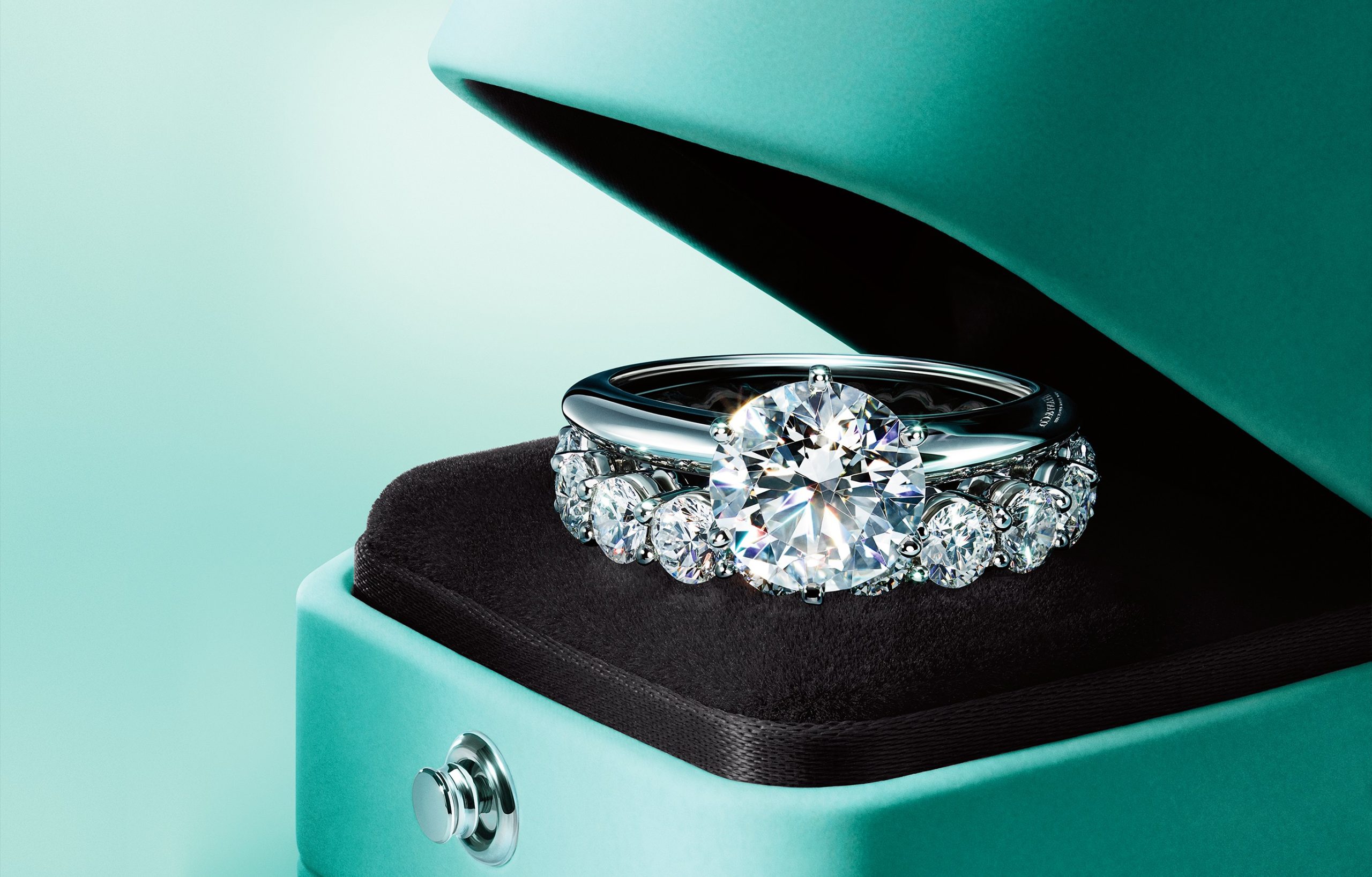Tiffany & Co. stands as a beacon of luxury and elegance in the jewelry industry, known for its exquisite craftsmanship and timeless designs. From its humble beginnings in the 19th century to its present status as a global luxury brand, Tiffany & Co. has a rich history that continues to captivate and inspire. This article explores the evolution of Tiffany & Co., highlighting key moments and innovations that have defined its journey.
The Founding of Tiffany & Co.
Tiffany & Co. was established in 1837 by Charles Lewis Tiffany and John B. Young in New York City. Initially known as Tiffany, Young, and Ellis, the store started as a stationary and fancy goods emporium. The founders recognized the potential for growth in the jewelry market and gradually shifted their focus toward this lucrative industry.
The transition to jewelry was marked by a commitment to quality and craftsmanship. By the 1840s, Tiffany & Co. had gained a reputation for offering fine jewelry, setting the stage for its future success. This early vision and dedication laid the groundwork for Tiffany & Co.’s emergence as a premier jeweler.
The Tiffany Blue Box: A Symbol of Luxury
One of the most enduring symbols of Tiffany & Co. is the iconic Tiffany Blue Box. Introduced in the 19th century, the distinctive robin’s-egg blue packaging quickly became synonymous with luxury and elegance. Charles Lewis Tiffany, known as the “King of Diamonds,” was a master of marketing, and the Tiffany Blue Box played a crucial role in establishing the brand’s identity.
The Tiffany Blue Box’s significance extends beyond its visual appeal. It represents the brand’s commitment to quality and its promise of a superior product. This marketing genius not only differentiated Tiffany & Co. from its competitors but also created a sense of exclusivity and desirability that continues to this day.
Innovations and Contributions
Tiffany & Co. has been at the forefront of numerous innovations in the jewelry industry. One of its most notable contributions is the introduction of the American Diamond, a term coined by Tiffany to describe diamonds sourced from American mines. This move not only showcased the quality of American gemstones but also positioned Tiffany & Co. as a leader in the diamond market.
Another significant innovation is the Tiffany Setting for engagement rings, introduced in 1886. This design features a six-prong setting that lifts the diamond above the band, maximizing its brilliance and light reflection. The Tiffany Setting revolutionized engagement ring designs and remains one of the most popular styles today.
Tiffany & Co. also played a pivotal role in establishing the sterling silver standard in the United States. In 1851, Tiffany adopted the British standard for sterling silver, which required a purity of 92.5% silver. This move set a new benchmark for quality and helped establish Tiffany & Co. as a trusted name in fine jewelry and silverware.
Tiffany & Co. Through the Decades
Throughout its history, Tiffany & Co. has navigated numerous challenges and achieved significant milestones. In the 19th century, the company expanded its product offerings and gained recognition for its exceptional craftsmanship. The acquisition of the Tiffany Diamond, a rare 128.54-carat yellow diamond, in 1878 further cemented its reputation.
The early 20th century brought new challenges, including the Great Depression and World War II. Despite these hardships, Tiffany & Co. persevered and continued to innovate. The mid-20th century saw the brand’s cultural influence soar, thanks in part to the release of the film “Breakfast at Tiffany’s” in 1961. Audrey Hepburn’s portrayal of Holly Golightly, with the iconic opening scene in front of the Tiffany & Co. store, solidified the brand’s place in popular culture.
The latter half of the 20th century was marked by international expansion and the introduction of iconic collections. Tiffany & Co. opened stores in major cities around the world, bringing its exquisite jewelry to a global audience. The company’s ability to adapt to changing market dynamics and consumer preferences ensured its continued success.
Notable Designs and Collections
Tiffany & Co. is renowned for its timeless designs and iconic collections. Among these are the Tiffany Keys and the Tiffany T Collection. The Tiffany Keys symbolize unlocking possibilities and have become a cherished gift for various occasions. The Tiffany T Collection, characterized by its bold and modern designs, reflects the brand’s innovative spirit and contemporary aesthetic.
Several famous designers have contributed to Tiffany & Co.’s legacy. Jean Schlumberger, known for his whimsical and nature-inspired designs, created some of the brand’s most memorable pieces. Elsa Peretti, with her minimalist and organic forms, introduced the iconic Bone Cuff and Open Heart designs. Paloma Picasso, with her bold and artistic creations, added a vibrant and unique dimension to Tiffany & Co.’s offerings.
Modern Era and Innovations
In recent years, Tiffany & Co. has continued to evolve and innovate. The introduction of new collections and a focus on sustainability initiatives reflect the brand’s commitment to modern values and environmental responsibility. Tiffany & Co. has made significant strides in ethical sourcing and transparency, ensuring that its products are not only beautiful but also responsibly produced.
The digital transformation has also been a key focus for Tiffany & Co. The brand has embraced e-commerce and strengthened its online presence, making its products more accessible to a global audience. Social media has become an essential tool for engaging with customers and showcasing the latest designs, allowing Tiffany & Co. to maintain its relevance in the digital age.
In 2021, Tiffany & Co. was acquired by LVMH (Moët Hennessy Louis Vuitton) in a landmark deal valued at $15.8 billion. This acquisition marked a new chapter in Tiffany & Co.’s history, bringing together two iconic luxury brands. The strategic importance of this acquisition lies in the synergies between LVMH’s vast resources and Tiffany & Co.’s strong brand heritage.
The acquisition has already resulted in positive changes for Tiffany & Co., including a renewed focus on innovation and expansion. With the support of LVMH, Tiffany & Co. is poised to continue its legacy of excellence and explore new opportunities for growth.

The history of Tiffany & Co. is a testament to its enduring legacy and impact on the jewelry industry. From its founding in 1837 to its present status as a global luxury brand, Tiffany & Co. has consistently set the standard for quality, innovation, and elegance. As the brand continues to evolve and adapt to changing times, its timeless designs and commitment to excellence ensure that it remains a beloved and influential name in the world of jewelry.
